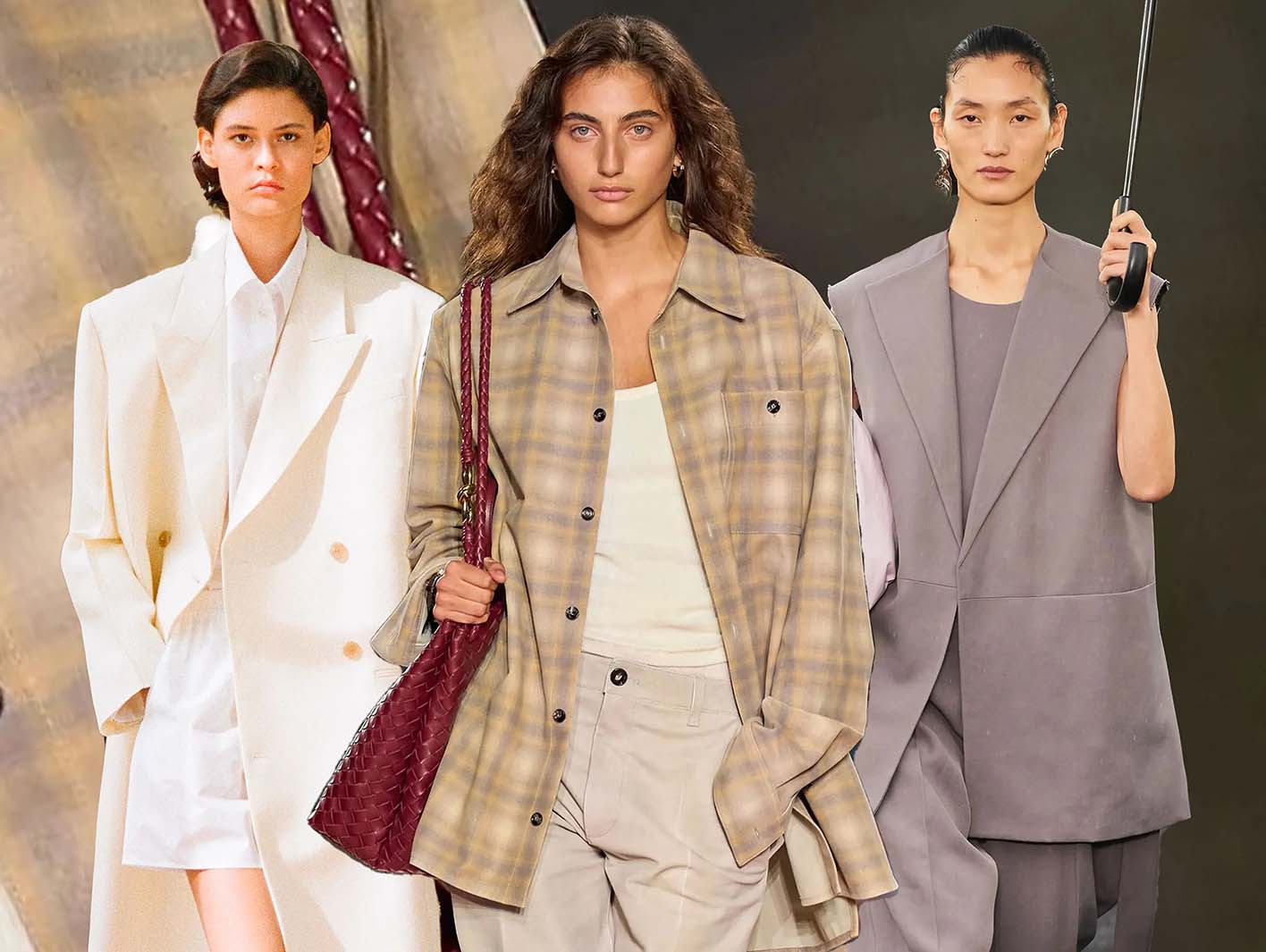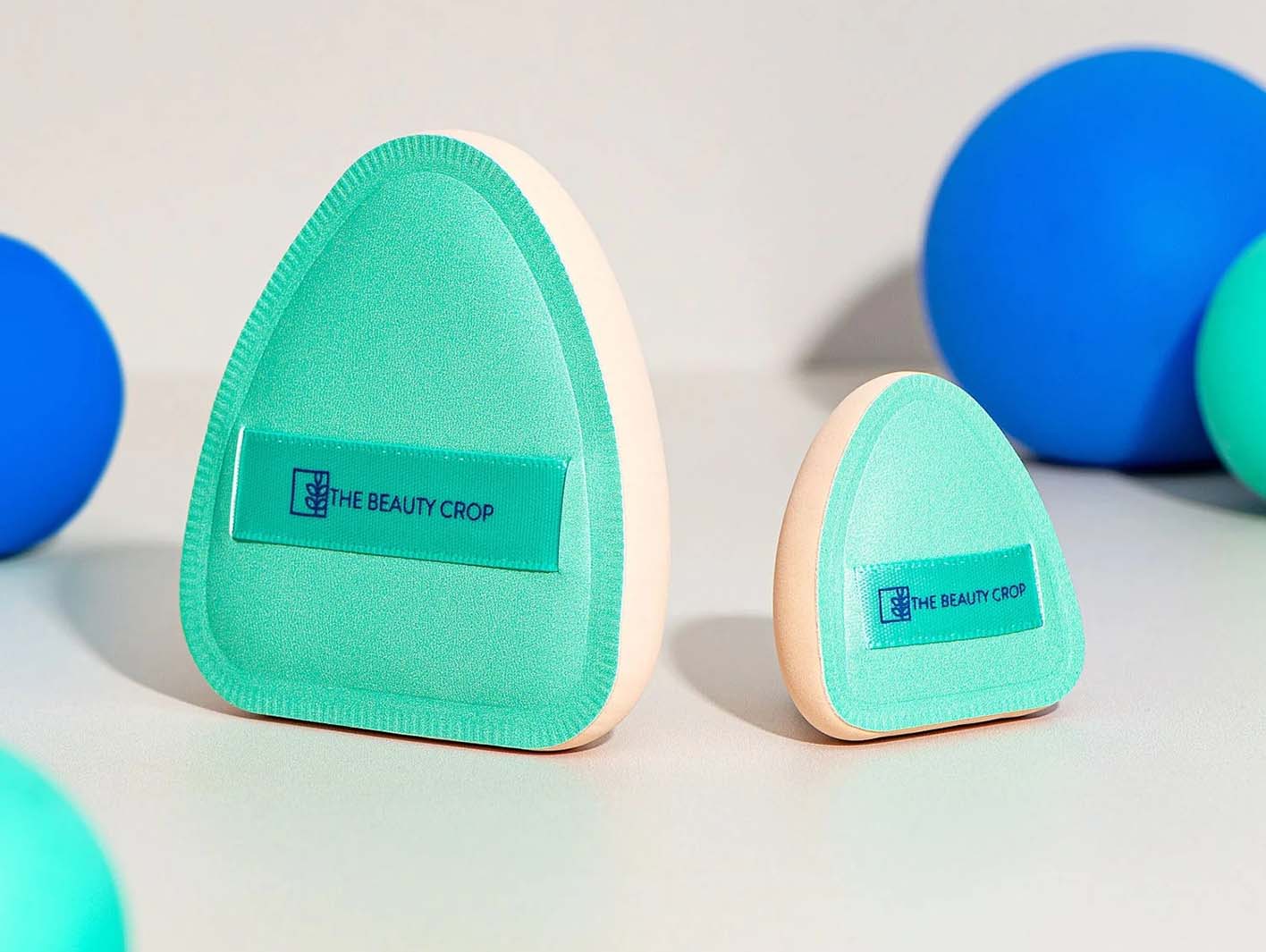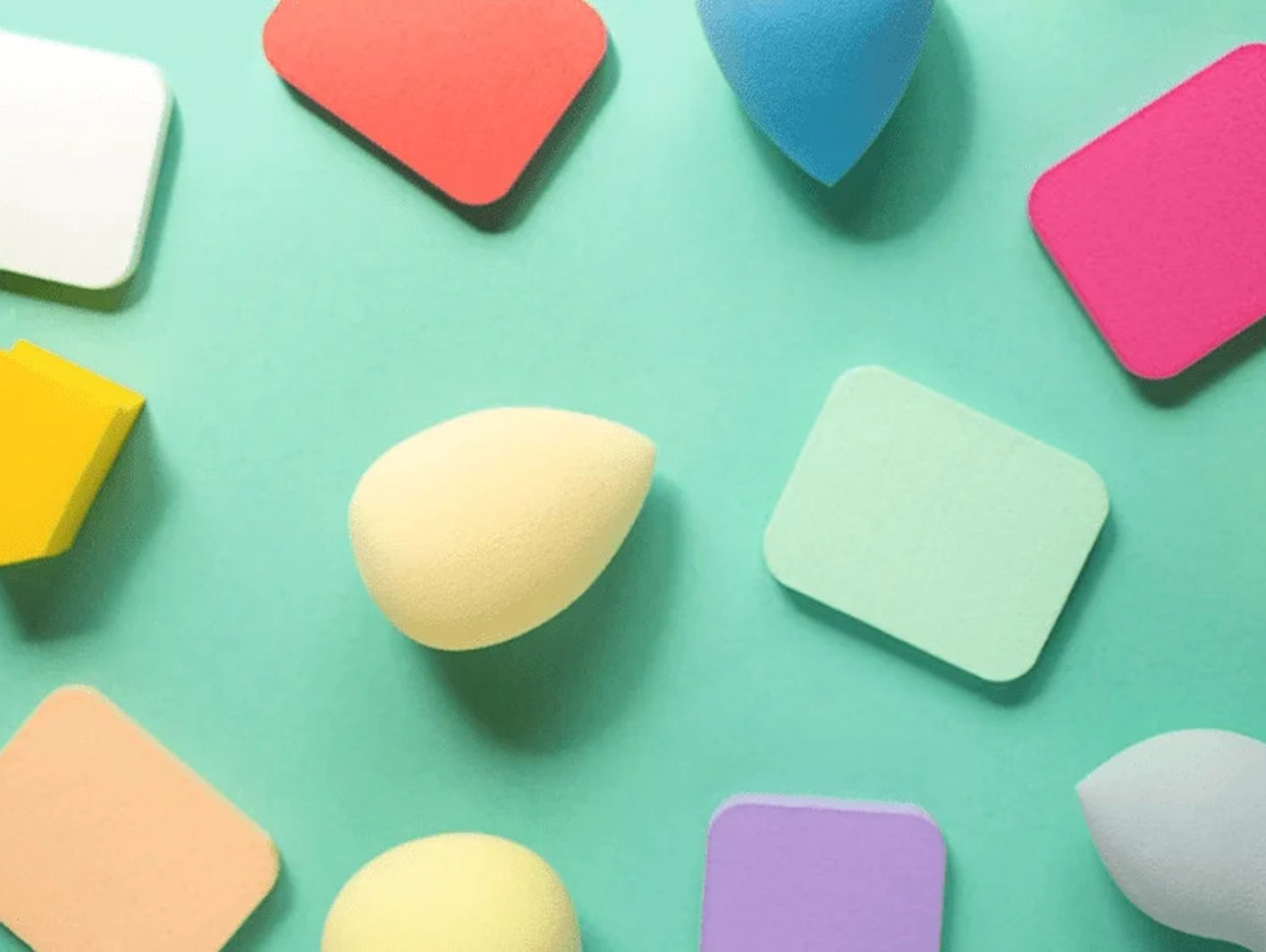
In the realm of beauty, tools are often the unsung heroes behind every seamless application, every radiant glow, and every airbrushed finish. Among them, the humble powder puff — often overlooked or confused with its more famous cousin, the sponge blender — is quietly reclaiming its place on the vanity table. But before you reach for the nearest puff and dab away, it’s worth understanding this beauty essential in all its forms. Because not all puffs are created equal.
Today’s powder puff landscape is a rich tapestry of textures, materials, and intentions. From velvety cushions to latex-free marvels, from cotton clouds to silicone-infused hybrids — each type brings something different to the table. And knowing which one to use (and when) can elevate your makeup ritual from routine to ritualistic.
1. The Classic Velour Puff — For Setting Powder Royalty
The velour puff, typically round, plush, and elegant, has been a backstage staple for decades. Crafted from soft, velvety fibers, this puff excels in pressing loose or compact powder into the skin, delivering a smooth, matte, and long-lasting finish.
Best Use:
Ideal for setting foundation with precision, especially in areas prone to oil or movement — think T-zone, under-eyes, and around the mouth. The velour puff’s texture picks up just the right amount of powder and presses it into the skin for that coveted “locked-in” effect.
Pro Tip:
Use a rolling motion rather than patting for maximum adherence and to avoid disturbing your base.
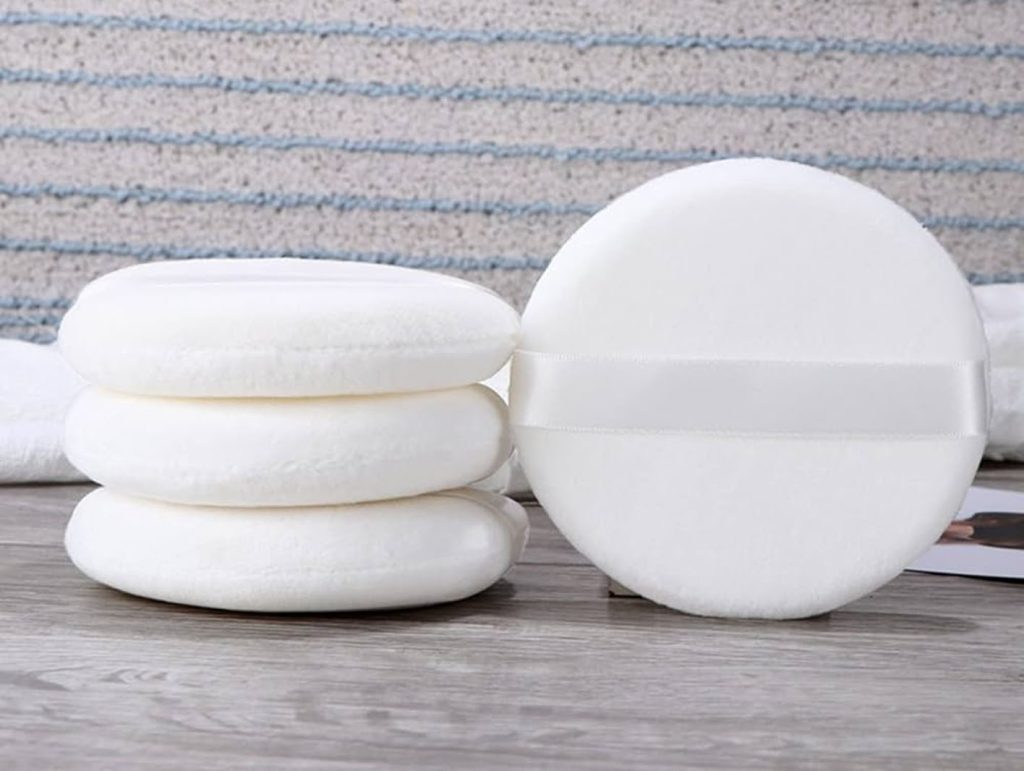
2. The Sponge Puff — The All-Around Workhorse
Not to be mistaken with the modern egg-shaped blender, sponge puffs are flat and usually made of latex or a latex-free foam. Their dense texture makes them perfect for applying cream foundations, cushions, or even high-coverage powders.
Best Use:
When you want more coverage and control, the sponge puff is your friend. It works wonders for touch-ups on the go or for blending cream products without streaks.
Pro Tip:
Dampen slightly for a more sheer and dewy finish — especially effective with liquid bases.
3. The Air Cushion Puff — For Cushion Compacts and Dewy Finishes
Ever opened a cushion foundation and found a firm, rubbery-feeling puff inside? That’s the air cushion puff, typically made of polyurethane. It’s uniquely designed to pair with cushion compacts and gives skin a fresh, hydrated look.
Best Use:
Perfect for applying liquid formulas in thin, even layers. Its slightly bounce-back texture prevents over-application and offers an airbrushed finish.
Pro Tip:
Tap rather than swipe. The tapping technique ensures the product melds with the skin instead of sitting on top.
4. The Cotton Puff — Soft Touch, Skincare Favorite
Often found nestled inside a jar of luxurious loose powder or skincare essence, the cotton puff is ultra-soft and gentle. Made with natural fibers or synthetic cotton, it’s more absorbent than its counterparts and incredibly kind to sensitive skin.
Best Use:
For applying skincare (lotions, softeners, toners) or finishing powder in a delicate manner. Also great for blotting shine without disrupting makeup.
Pro Tip:
Layer two puffs for extra softness when using with highly pigmented powders to avoid uneven absorption.
5. The Microfiber Puff — The Instagram Star
Gaining popularity in recent years, the microfiber puff is characterized by ultra-fine synthetic fibers that resemble suede. It’s designed to hold more product and deposit it with minimal fallout.
Best Use:
For full-face powder setting, especially when baking. It grips powder like no other and delivers it with controlled precision.
Pro Tip:
Use the pointed edge for contouring the nose or carving out cheekbones with translucent powder.
6. The Silicone Puff — The Modern Minimalist
A true outsider in the puff category, silicone puffs are smooth, jelly-like, and completely non-absorbent. Their futuristic appeal lies in their ability to apply liquid or cream products without any product loss.
Best Use:
Best for skincare or when you don’t want to waste a drop of expensive foundation or serum. It doesn’t blend as well as sponge or fiber tools, but it’s perfect for the first application layer.
Pro Tip:
Use a puff for initial product placement, then finish with a blender or fingers for a more diffused effect.
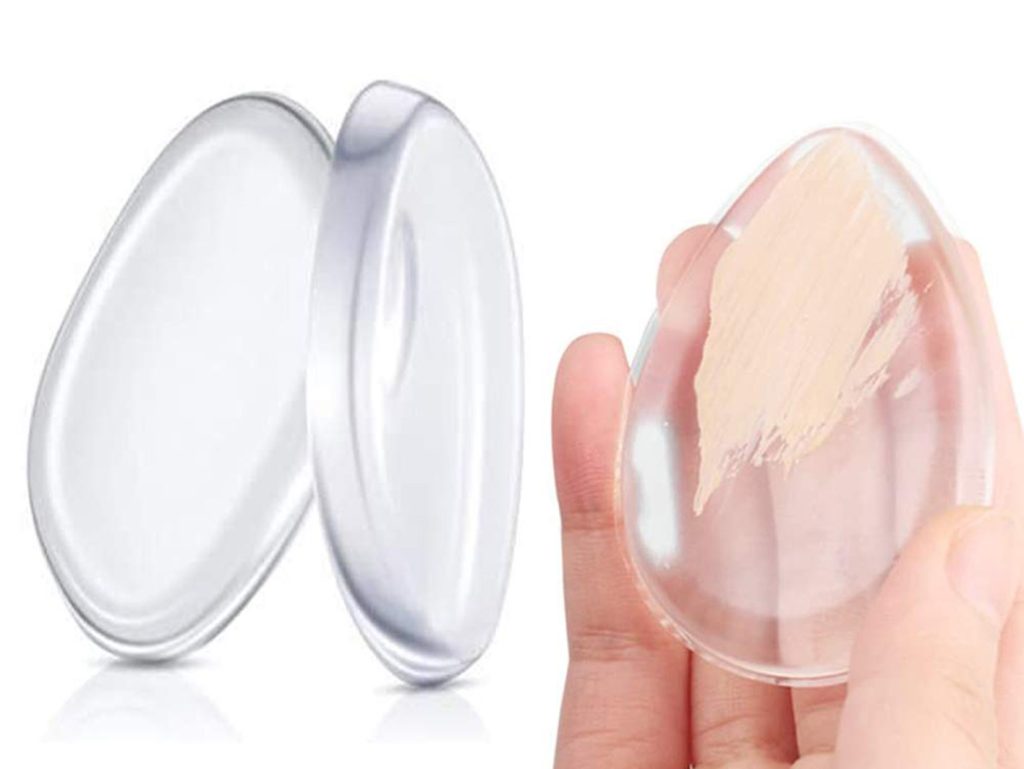
How to Choose the Right Puff for Your Routine
Choosing the right puff is less about trends and more about textures — both the texture of the puff and the texture you want to achieve on your skin.
- For matte, long-wear makeup: Reach for velour or microfiber puffs.
- For natural, luminous skin: Use air cushion or sponge puffs, especially slightly damp.
- For skincare and sensitive skin: Stick with cotton or silicone.
- For high-precision setting or baking: Microfiber puffs will give you control without caking.
Don’t be afraid to rotate puffs as the seasons change. What works in the humid days of July may not be your go-to in dry December. Your tools should evolve just like your makeup routine does.
Cleaning and Maintenance — Respect Your Tools
A puff can be the cleanest or dirtiest thing in your makeup bag, depending on your habits. Just like brushes, puffs need regular cleansing.
- For sponge or microfiber puffs: Use a gentle brush cleanser or baby shampoo. Rinse thoroughly and air-dry.
- For velour puffs: Spot clean between uses, then deep clean weekly.
- For silicone: Wipe clean after every use with a damp cloth or alcohol-free wipes.
- Cotton puffs: Many are disposable, but if reusable, wash gently and replace regularly.
Remember: a clean puff doesn’t just apply better — it also protects your skin from breakouts and irritation.
In today’s beauty world, where formulas are more sophisticated than ever, the way you apply them matters just as much as what you’re applying. The right puff — selected with care, used with intention — becomes more than just an accessory. It becomes an extension of your artistry, your skincare philosophy, and your tactile relationship with beauty.
So next time you reach for your compact or bottle, pause. Feel the texture of your puff, consider the finish you desire, and choose accordingly. Because beauty is in the details — and the powder puff, in all its underrated glory, deserves a moment in the spotlight.
